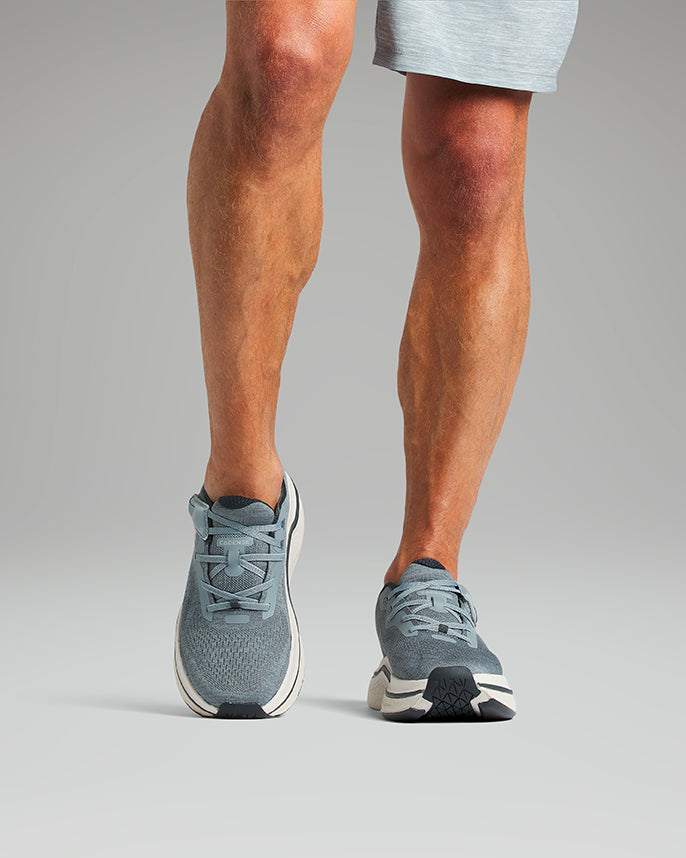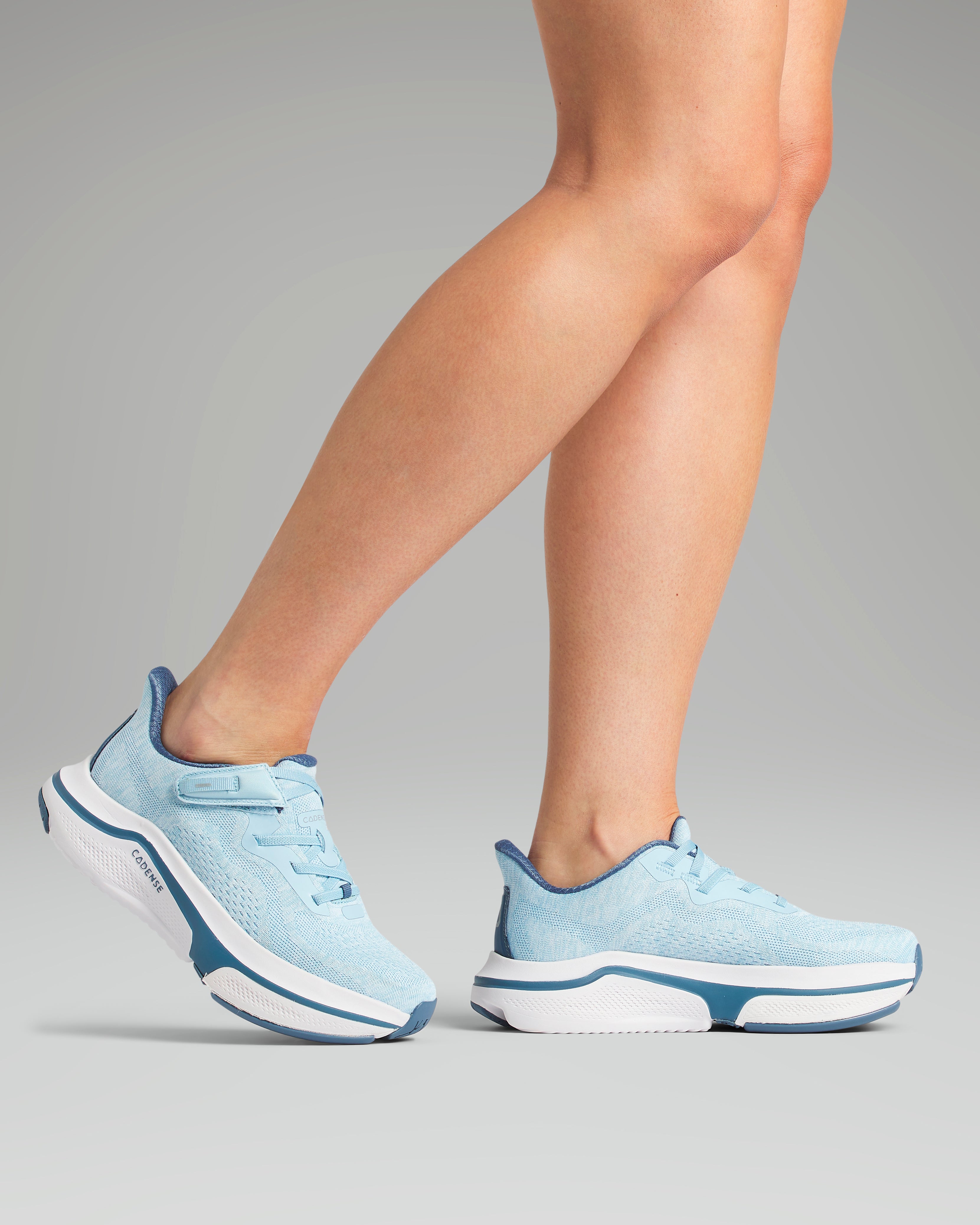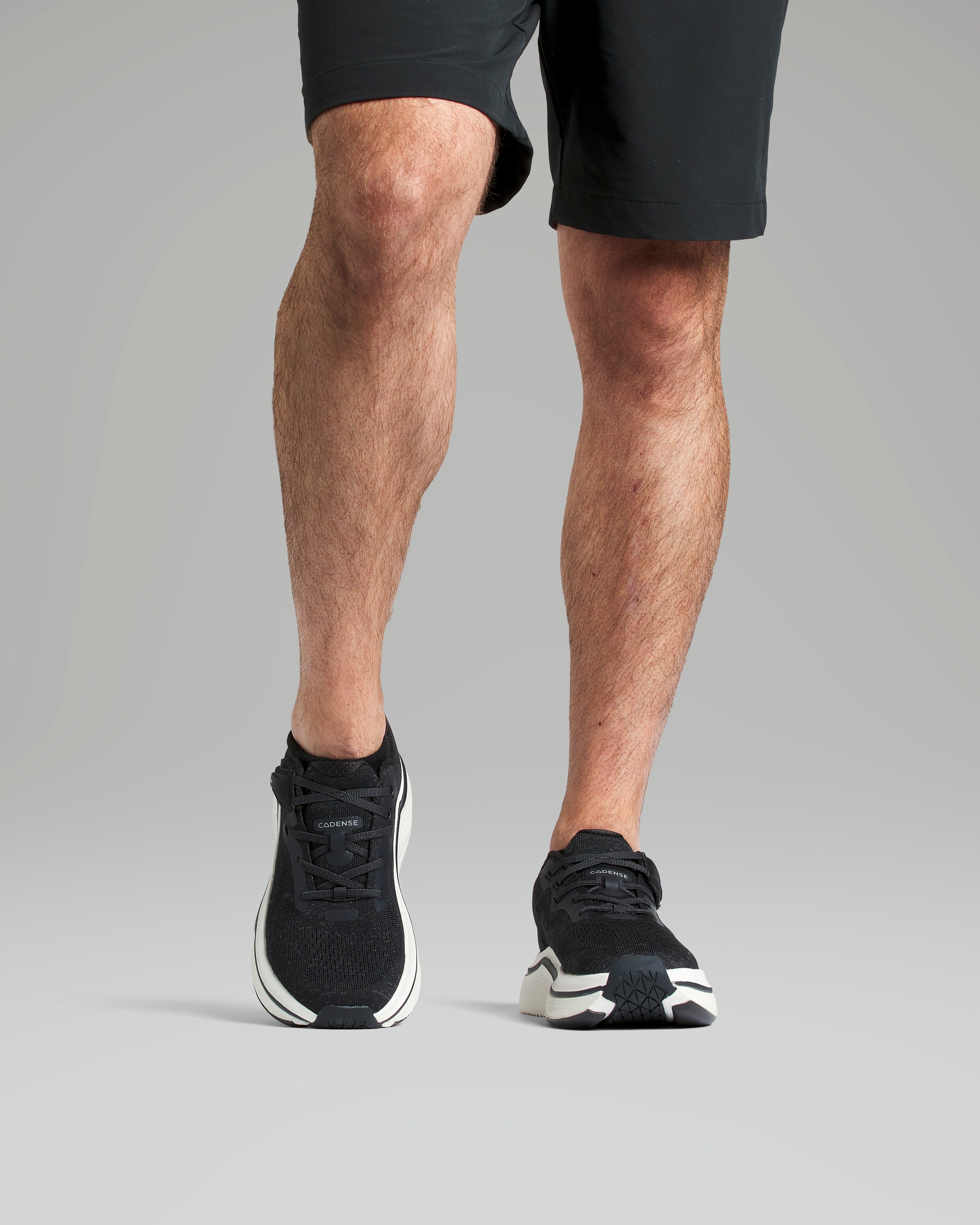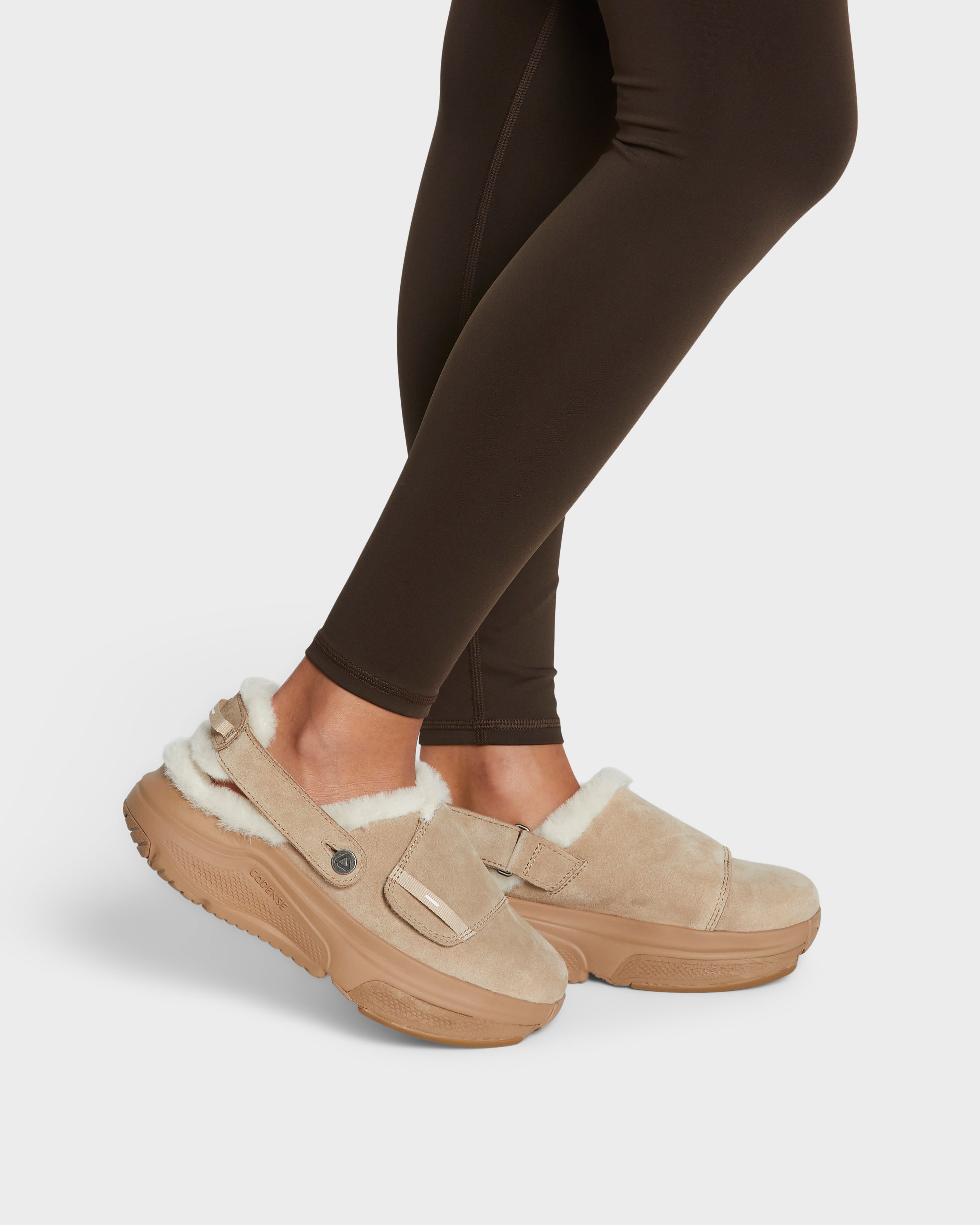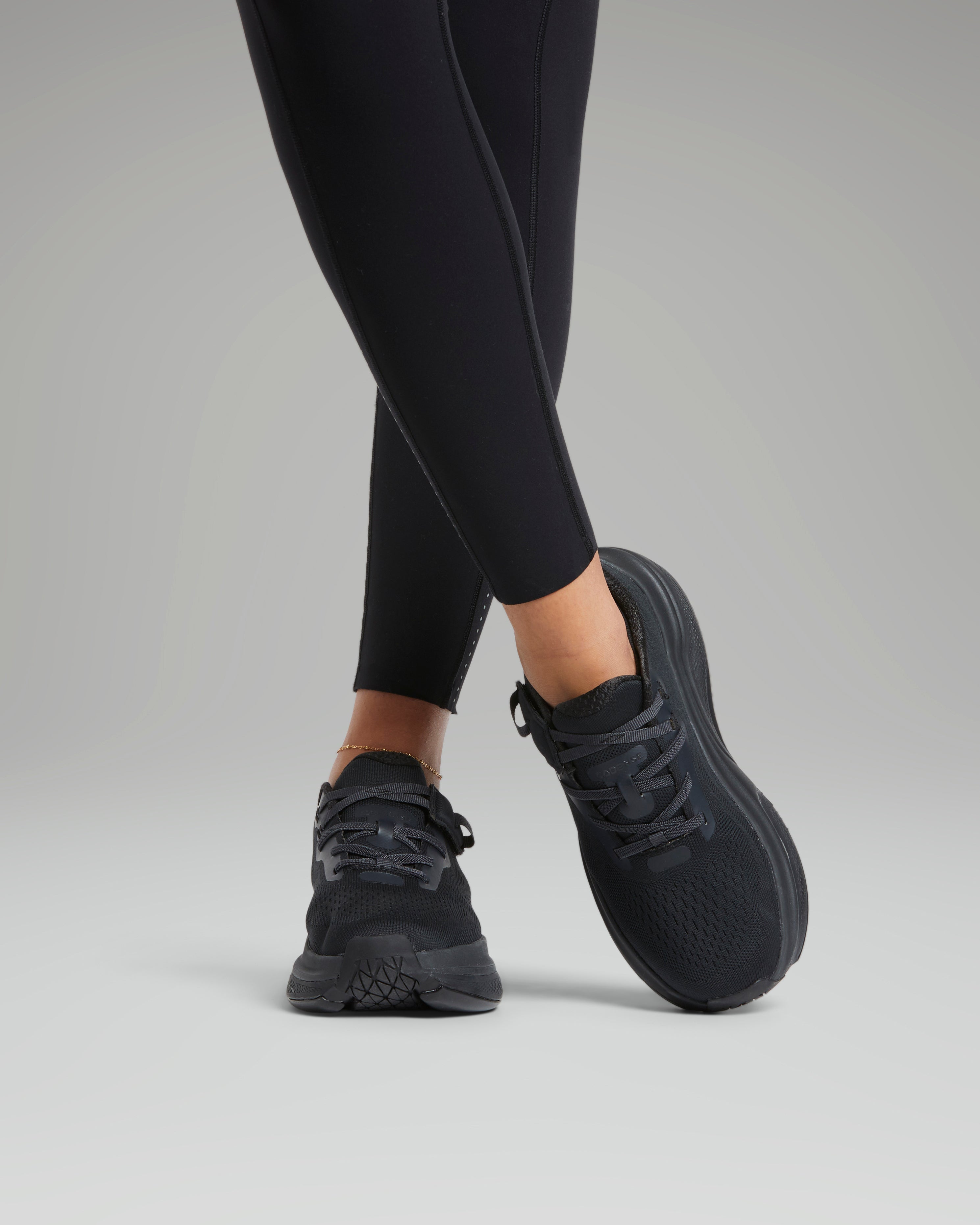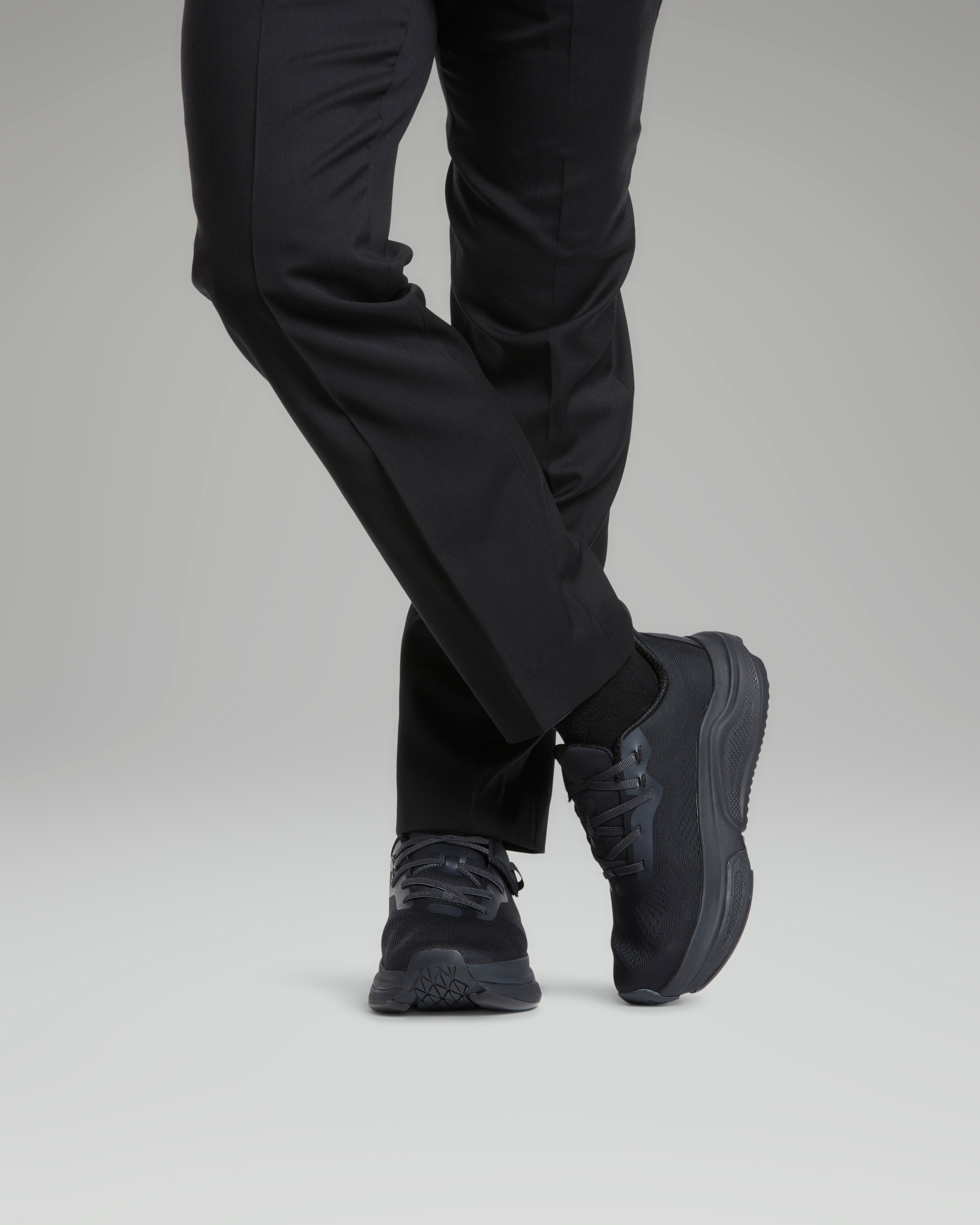Made for People Who Struggle With Foot Dragging
If you or someone you love finds it hard to lift the front of the foot or often trips while walking, Cadense Trainers may help make movement smoother. They glide as you walk and gently grip when weight shifts to the front, helping each step feel more natural.
How the Trainers Work
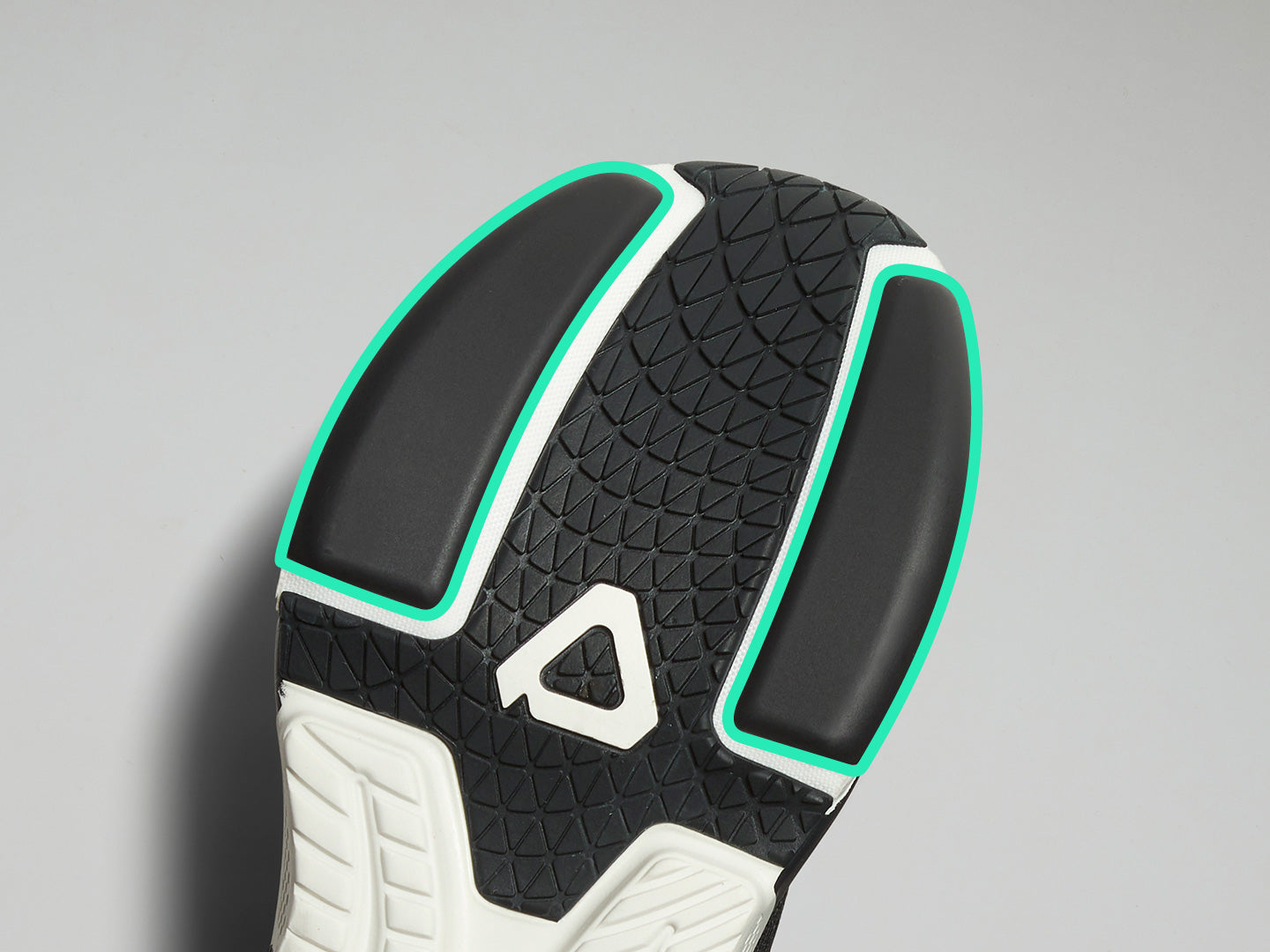
Slide & Glide
Raised nylon pads on each side of the sole help your foot glide smoothly over uneven ground — making it easier to move forward without catching or tripping.
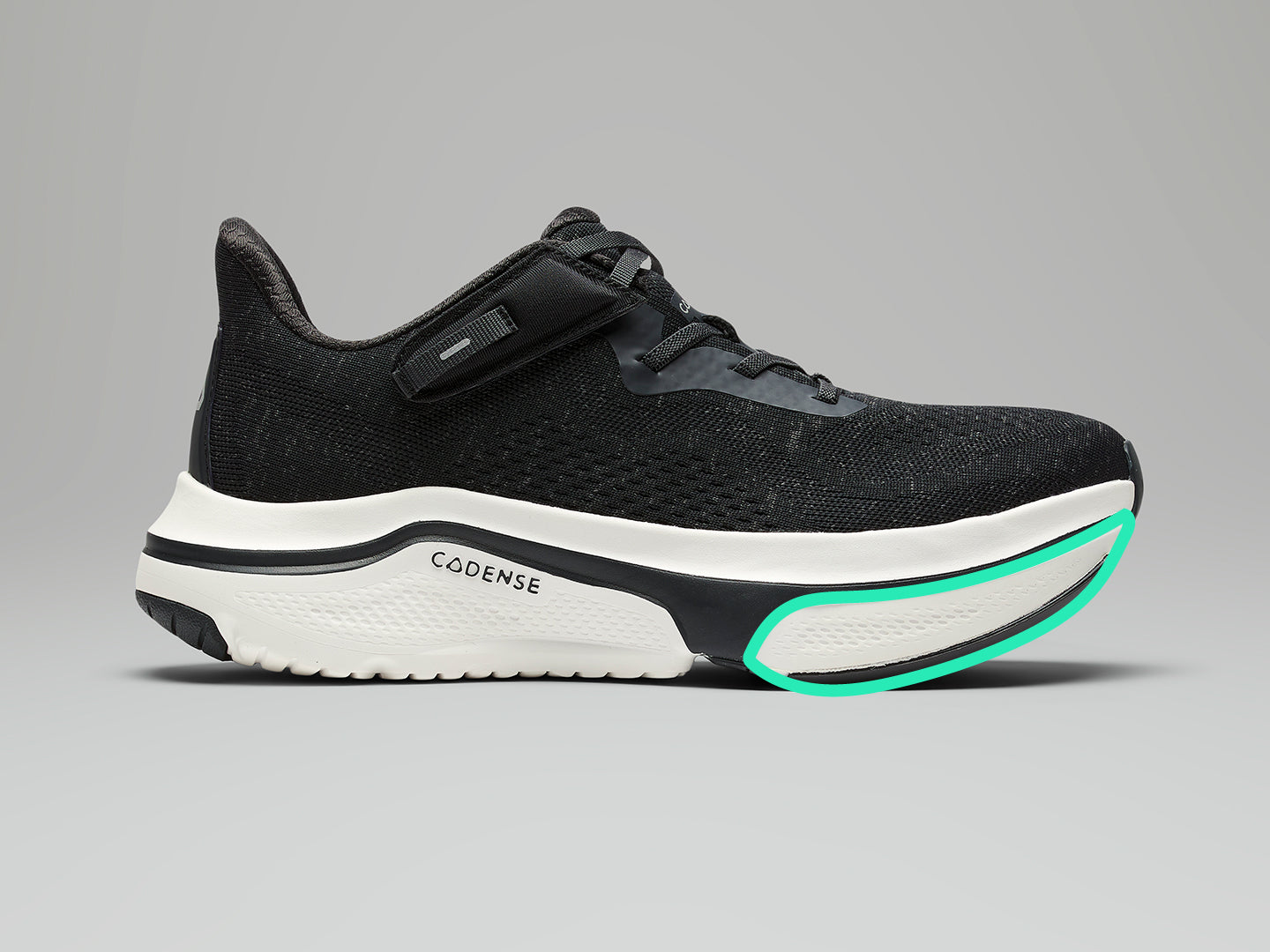
Smooth Transition
The curved rocker sole shifts naturally from sliding to gripping as you walk. When your weight moves forward, it provides gentle support for a steady step.
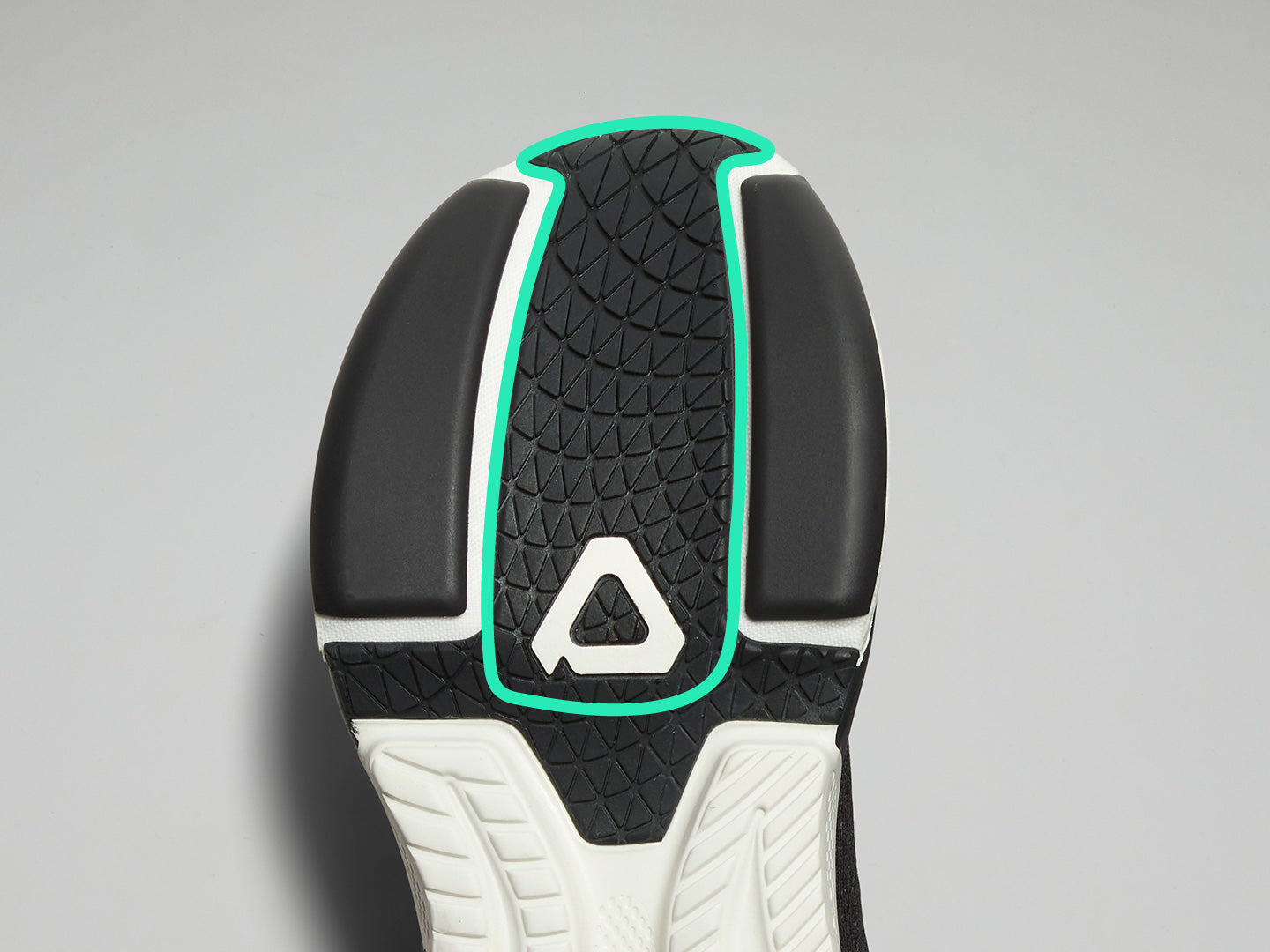
Stop & Push Off
The front of the sole gives you a solid grip when it’s time to stop or push off — helping every step feel confident and controlled.
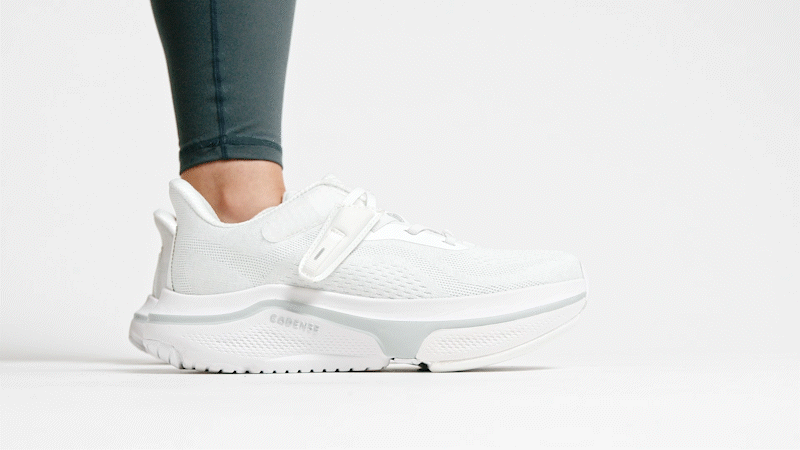
Easy On, Easy Off.
Each trainer features a velcro strap with a finger loop, so you can put them on or take them off using just one hand.
Simply open the strap, slide your foot in, and tighten to your comfort — you’ll be ready to go in seconds.
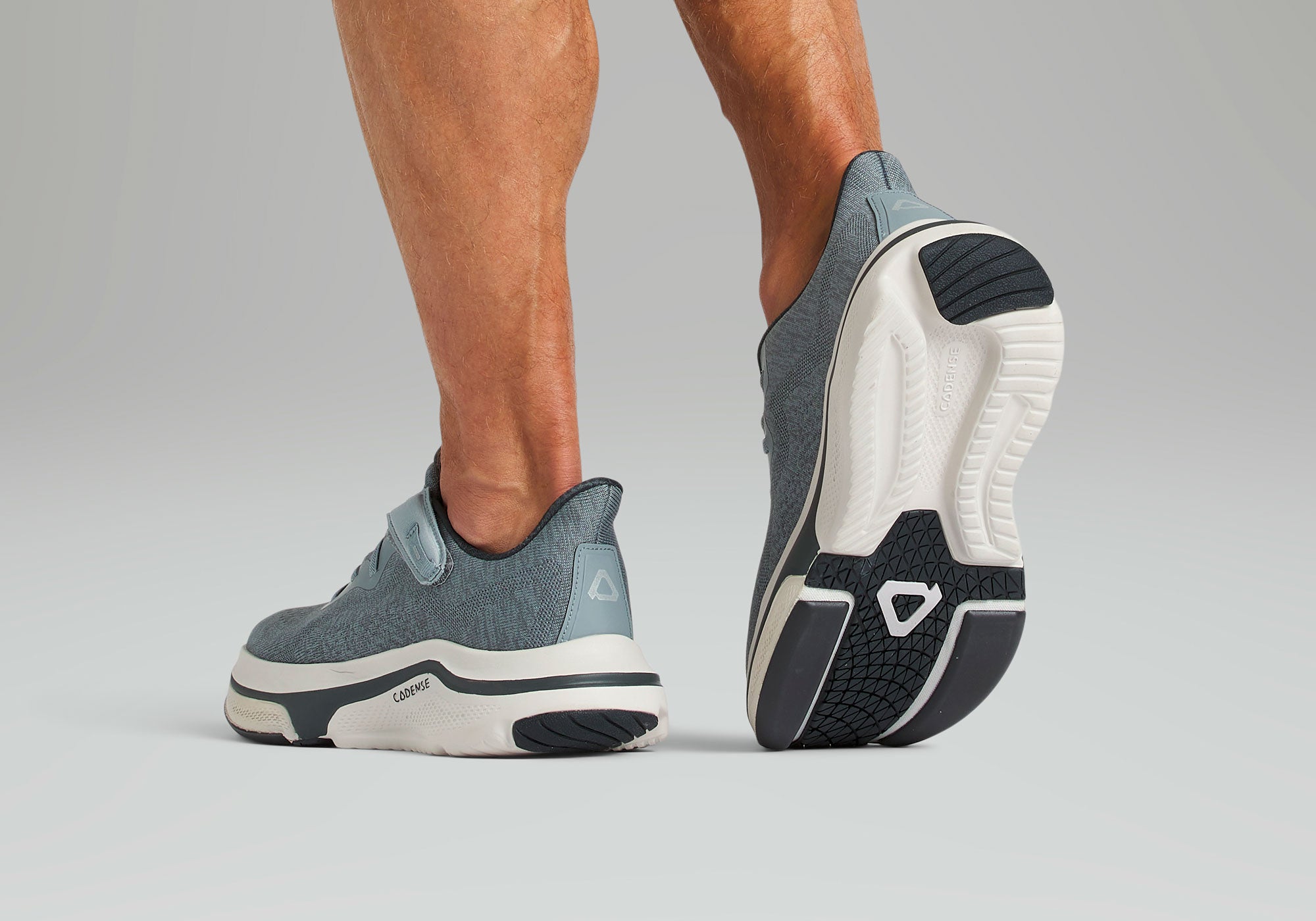
Looks Good. Feels Even Better.
Forget the bulky, medical look of traditional functional footwear.
Cadense Trainers combine modern style with all-day comfort — so you can feel supported, confident, and proud of every step.
Join more than 30,000 Happy customers
Let customers speak for us
Shop Cadense Adaptive Trainers

Backed by Over a Decade of Research
Our journey began in 2011, when Dr. Tyler Susko developed the MIT Skywalker — a breakthrough robotic system for gait therapy. Inspired by early feasibility studies with individuals living with mobility challenges, Dr. Susko and Dr. Hawkes began exploring how friction could help improve walking mechanics.
After years of prototyping and testing — including over 30 design iterations — the first Cadense Adaptive Trainer was created. Early research showed promising improvements in walking speed and biomechanics for some participants.
Today, a new four-year study funded by the National Institutes of Health is underway at the Shirley Ryan Ability Lab, in collaboration with UC Santa Barbara and Northwestern University, to further understand how Cadense Trainers impact walking mechanics and rehabilitation.
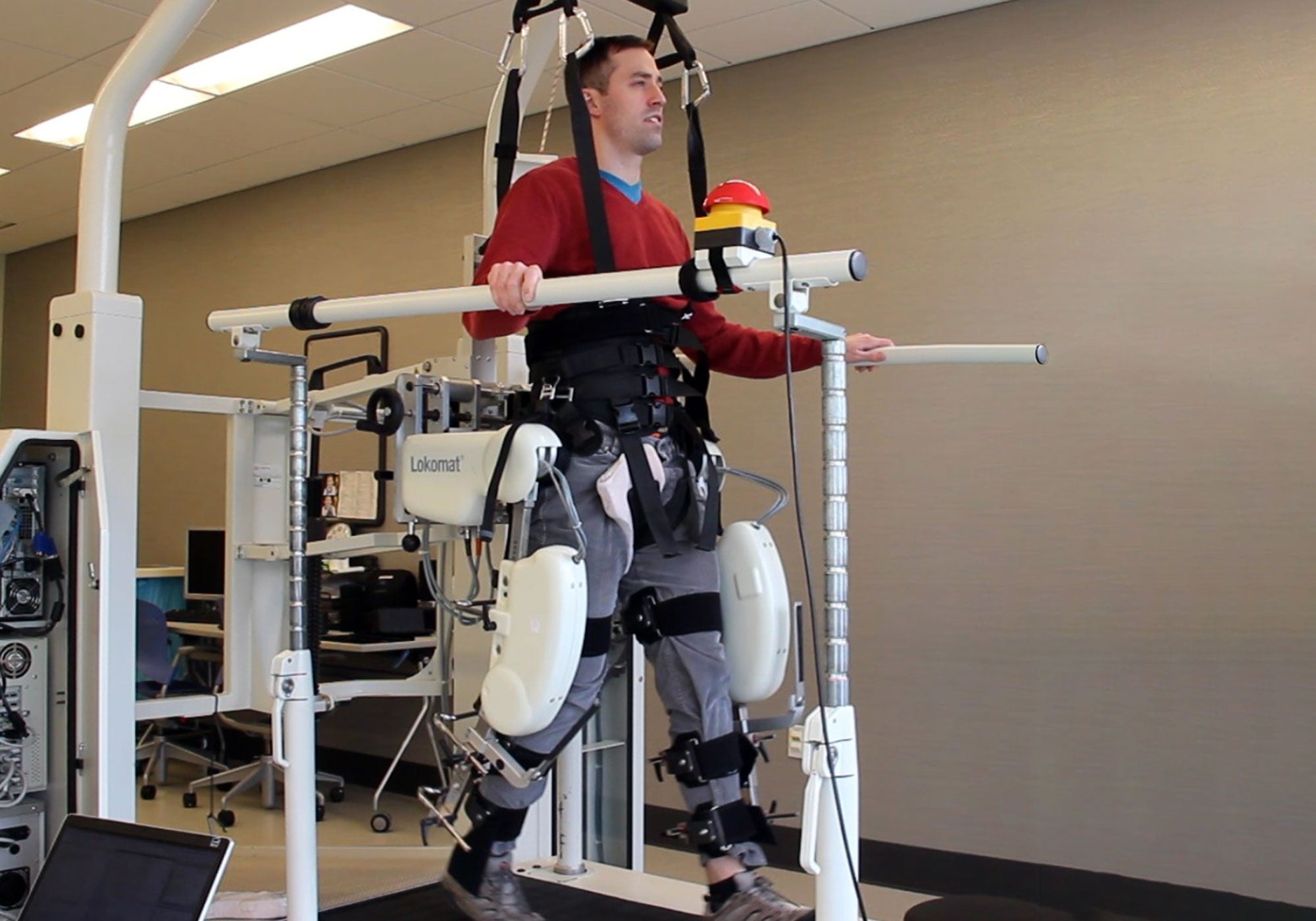
Our Story
Cadense was founded with a simple belief — that everyone deserves the freedom to move confidently. After years of research in gait rehabilitation, our team set out to bring that innovation out of the lab and into everyday life.
From our first prototypes inspired by MIT’s Skywalker project to the launch of the Cadense Original, every step has been guided by a single goal: to make walking easier, safer, and more natural for those who face mobility challenges.

